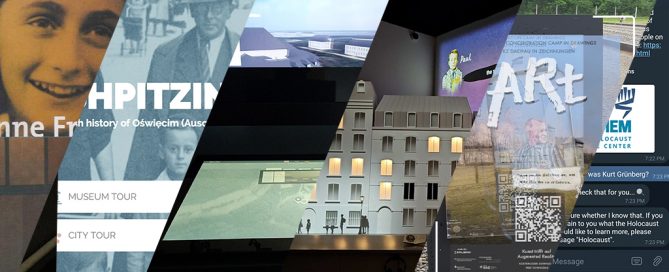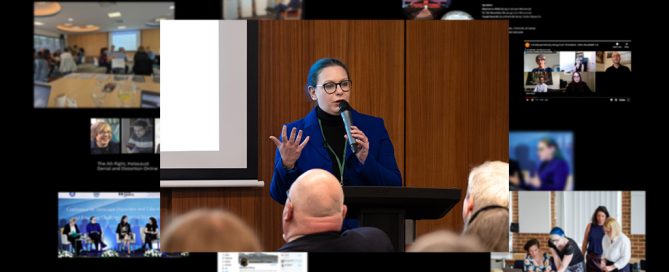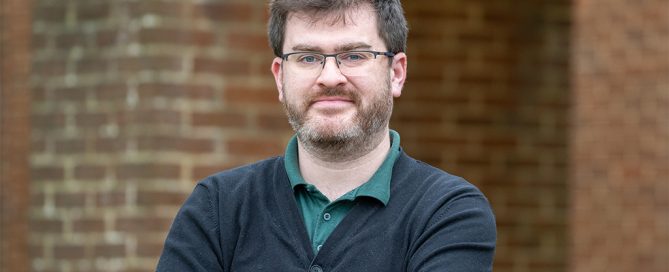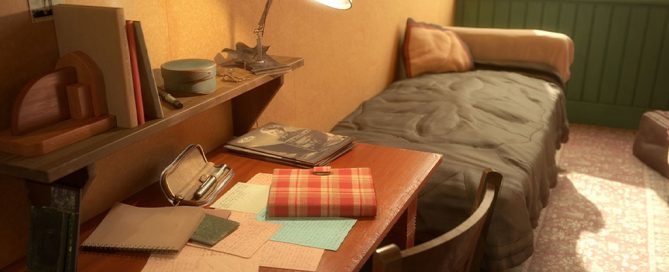Digital Holocaust Memory – 30 Years On
by Prof. Victoria Grace Richardson-Walden We still often hear people talk about digital Holocaust memory in terms of ‘new media’, but the first Holocaust-related CD-ROMs were released in the mid-1990s. Our Lab Director reflects on the past 30 years of practice in this field. There is still substantial hesitancy in both Holocaust Studies and Holocaust memory practice to critically engage with the broad range of digital media through and with which Holocaust memory is being shaped. There is also a dominant normative mode of engagement that has emerged in which professional digital Holocaust memory practice tends to be grounded in simulation of pre-digital traditions of doing Holocaust memory. Given that Holocaust memory has developed with emerging technologies, from print documents, newsreels and wire recordings through different tape formats, including video through to the vast array of digital media today, it is important to conceptualise how each medium and media epoch brings their specificities to bear on this wider commemorative culture. Perhaps it is not an issue that digital Holocaust-related projects reiterate norms of pre-digital ones. However, when they are more expensive and resource intensive on institutions, hardware, software, people and the environment to maintain, we need to ask ourselves [...]



